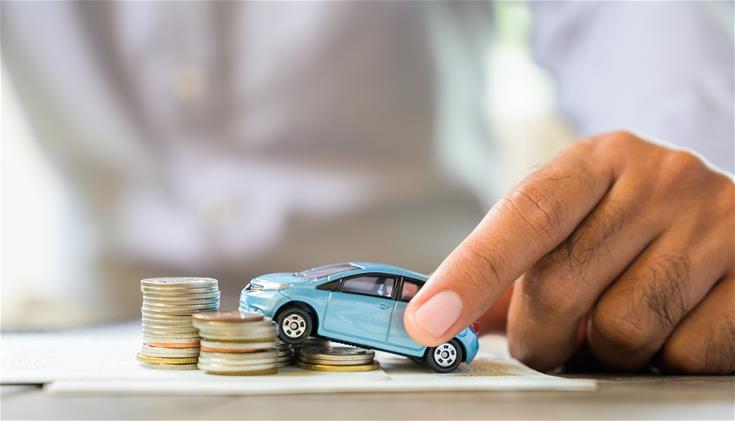Buying a new car is the second most expensive purchase we can make, falling right behind a home as the most expensive. According to Consumer Reports, the average price of a new car sold in the United States is about $46,000. That’s a $5,000 increase over the past year! Knowing that the cost of new cars has risen and the inventory has shrunk means you have to be on top of your game when buying and we’re here to share some tips!
Selecting Your New Car
The first step in finding a new car is knowing your budget. Look at your monthly expenses, what number can you add and not feel overwhelmed? What about car expenses, fuel, insurance, titles, etc. It’s recommended that your vehicle expense should be no more than 20% of your take-home pay. Once you have an idea of what you can afford, think about what car model and options you want. Is safety big on your must list? How about leather seats to make cleaning up after the kids and pets smoother? Do some research and look at publications and websites that discuss new car features and prices. Knowing what you want before you set foot at a dealership will make it easier to make an educated decision.
When you’re looking and the salesperson approaches you, you’ll want to keep shared information to a minimum. Don’t offer too many details about your situation. After all, this is like a card game and you don’t want to show your hand. Which brings us to our next topic…
Negotiating
Once you’ve found the car for you, plan to negotiate the price. Dealers may be willing to bargain on their profit margin. Usually, this is the difference between the manufacturer’s suggested retail price (MSRP) and the invoice price. Invoice Price is the initial charge to the dealer. It’s usually higher than the final cost because they may receive discounts, rebates, and incentives. The Monroney Sticker Price (MSRP) which you’ll find on the vehicle, shows the base price, the installed options with the manufacturer’s suggested retail price, the transportation charge, and the fuel economy (mileage). This label is required by federal law, and may be removed only by the purchaser.
Because you have researched the car you want, you should know what offers, incentives, or rebates are available from the manufacturer. Have your pre-approved loan and don’t be shy. When negotiating repeat the numbers you hear and write them down. It’s easy to get confused so make sure you know whether you’re talking about the “out-the-door” price, which includes all taxes and fees, or just the sale price of the car. Also, ask for a breakdown of additional fees before you agree to any deal and if anything doesn’t look right or can’t be explained, ask it to be removed. And lastly, if things aren’t going the way you’d like, walk away. The next deal is just around the corner so don’t waste your time.
Financing Your New Car
When it comes to financing at the dealership it’s convenient but may not be the best deal. It’s recommended to contact lenders directly. Working on your financing ahead of time will also give you insight into your credit situation. At 4Front you can apply in branch or online (Learn more here: https://www.4frontcu.com/personal/loans/auto-loans). Be sure to compare all offers and look at the annual percentage rate (APR), the length of the loan, and always look beyond the monthly payment. Your monthly payment will be a combination of principle and interest and you’ll want to consider the terms of financing before signing on the dotted line.
Dealers sometimes have very low financing rates for specific cars or models. The downside is that they may not be open to negotiate on the price of these cars. To qualify for these rates, you may have to make a large down payment. In the end, you may find that it’s more affordable to pay higher financing charges on a car that is lower in price or to buy a car that requires a smaller down payment. Consider everything before making your decision.
Trading in Your Old Car
The best time to mention trading in your old car is after you’ve negotiated the best price for your new car. Remember the game? If the sales person knows what cards you hold, they might try to adjust their profit by offering you less on a trade-in or getting a higher interest rate. Be sure to research the value of your car by checking the National Automobile Dealers Association's (NADA) Guides, Edmunds, and Kelley Blue Book. Being prepared with this information may help you get a better price from the dealer. If you feel like they aren’t offering you a good price for your car, don’t be afraid to walk away, or simply buy the car without a trade. While it may take longer to sell your car yourself, generally you will get more money than if you trade it in. Also, don’t fall for the old roll over your previous debt into your new loan. Why pay for a car you aren’t driving anymore?
While we can’t tell you exactly how your new car purchase will go, we hope that this information will start you off on the right foot and give you confidence to find the best deal. Best of luck car shopping!

